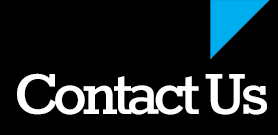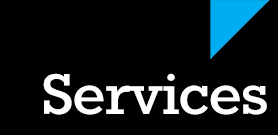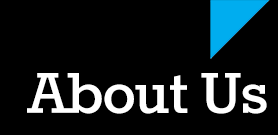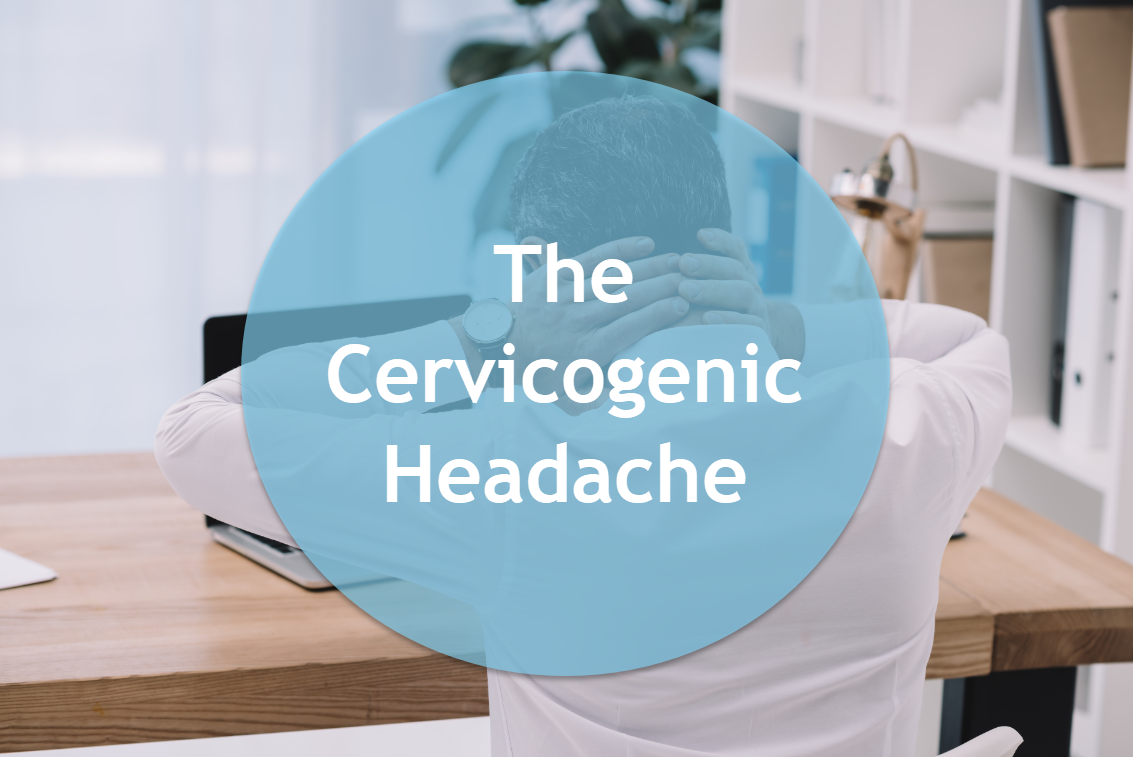
Cervicogenic headaches typically occurs due to damage to one or more joints, muscles, ligaments or nerves in the neck. These problems often cause pain in the head because the nerves that supply the upper neck also supply the skin over the head, forehead, jawline etc. The muscles in the upper neck also have referral patterns into the head. For those that like a little more detail, here is the connection between the neck and the head:
- The first 3 nerves exiting the spine in the upper neck go directly into the head. They penetrate the muscles at the top of the neck near the attachments to the skull. Any excess pressure on these nerves could result in irritation and pain.
- In the head there are a group of 12 nerves called the Cranial Nerves. These originate in the brain stem in the upper neck. The origin of the 5th nerve, called the Trigeminal nerve, is located in the upper neck near the origin of the 2nd cervical spinal nerve. The trigeminal nerve gives sensation to the face, whilst the 2nd cervical spinal nerve gives sensation to the back and top of the head. Therefore, problems in the upper neck will often result in pain running up the back of the skull over the top and sensations in the eyes and/or face.
- Other interconnections between the 2nd cervical nerve and trigeminal nerve include communication with the 7th cranial nerve (facial nerve), the 9th cranial nerve (glossopharyngeal nerve), and the 10th cranial (vagus nerve). These connections can affect facial muscle strength/movements, taste, tongue and throat movements, and stomach complaints such as nausea, respectively.
- The 11th cranial nerve (accessory nerve) innervates the upper shoulders and muscles in the front of the neck. It arises from the top 5 to 7 spinal cord levels in the neck. Injury anywhere in the neck can result in spasm and pain in these large muscle groups.
As you can see there is a trong connection between the head and neck and it is easy to see how upper neck dysfunction could potentially cause headaches. So what can cause these problems in the first place?
Any activity that puts excessive strain on the joints in the upper neck could cause cervicogenic headaches. In particular:
- It can be traumatically induced e.g. Whiplash injury, slips or falls
- They can be due to repetitive or prolonged activities. These include; prolonged slouching, poor posture, looking down at your mobile device too long etc.
- Lifting or carrying items with poor posture.
- Excessive twisting or bending of the neck, such as poor work station set up and working in awkward positions.
- Poor sleep positions.
If you have been suffering from headaches and you think they may be originating from the neck, here is what you can do to help.
- Get assessed by a chiropractor. When someone presents to me with headaches, I will examine the neck, upper back and cranial nerves to figure out where the problem may be. I will then use specific chiropractic adjustments to help restore function and REMOVE THE CAUSE of the problem. I will also give specific advice on what you can do at home to help.
- Try the tips from my previous post. These are ways to help ease the symptomatic side of the headaches yourself at home. Click here to read the previous post.
- Figure out what may causing the problem in the first place and remedy it. Part of the chiropractic assessment will help find this out. Is it a posture thing? Is it how you are sleeping? Is it a poor movement pattern? etc.
- Once the neck function has improved, it is then important to work on flexibility and strength of the neck. I would normally show you specific stretches and exercises you can do to help restore optimal function and help prevent future problems. Prevention is always better than cure.
Remember, headaches are not usually something that you have to just ‘live’ with.
References:
- Image/table adapted from www.physio-pedia.com/Cervicogenic_headache
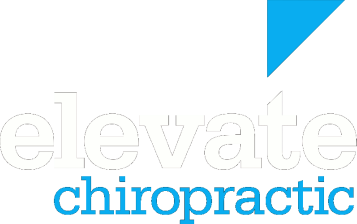
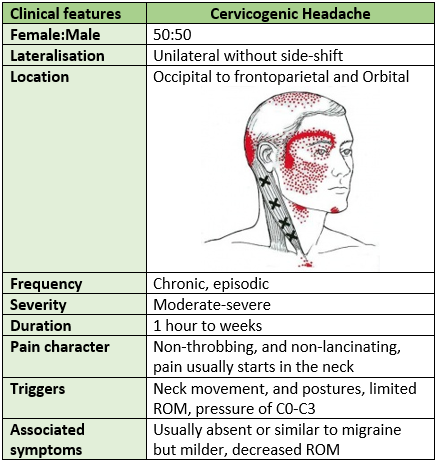


 RSS Feed
RSS Feed
